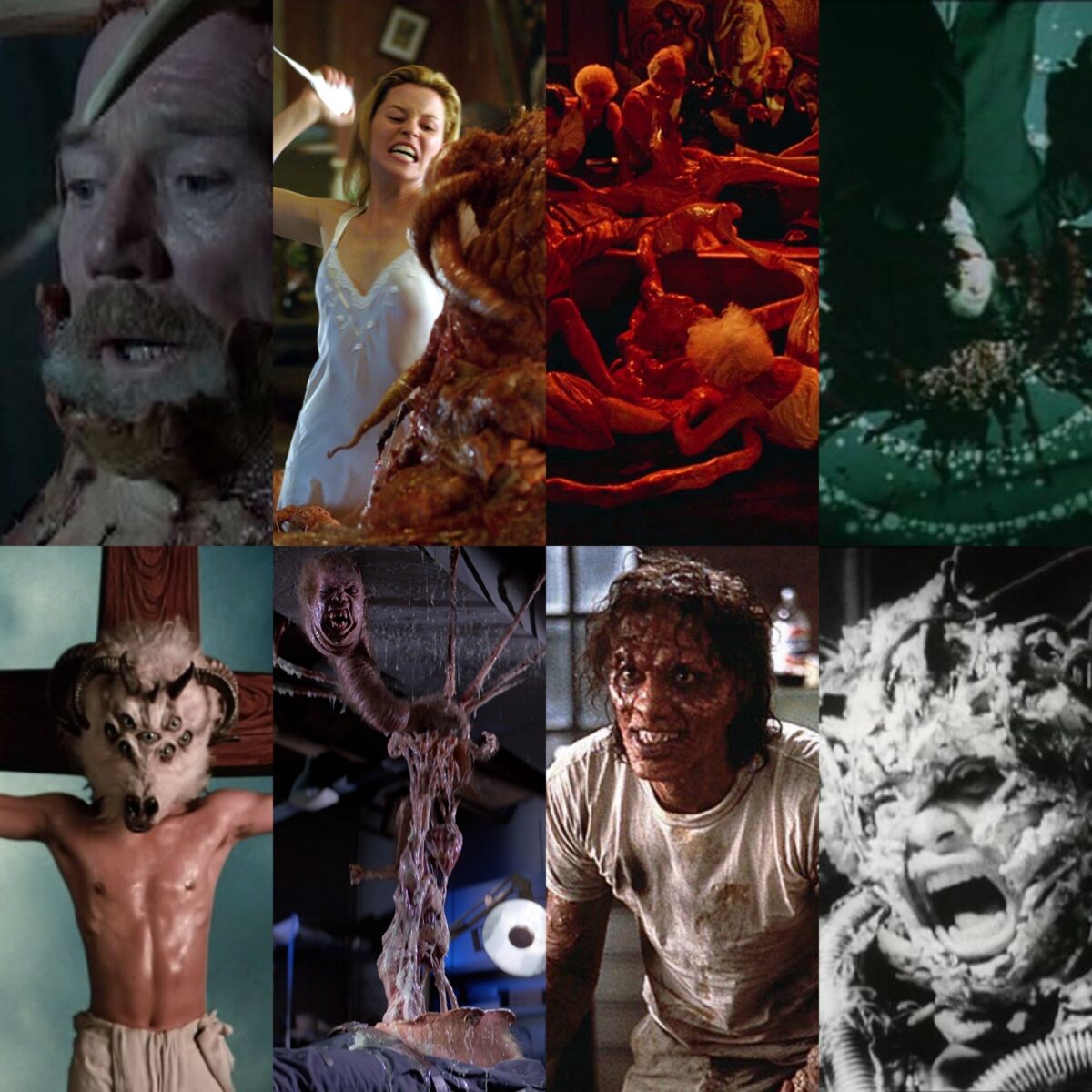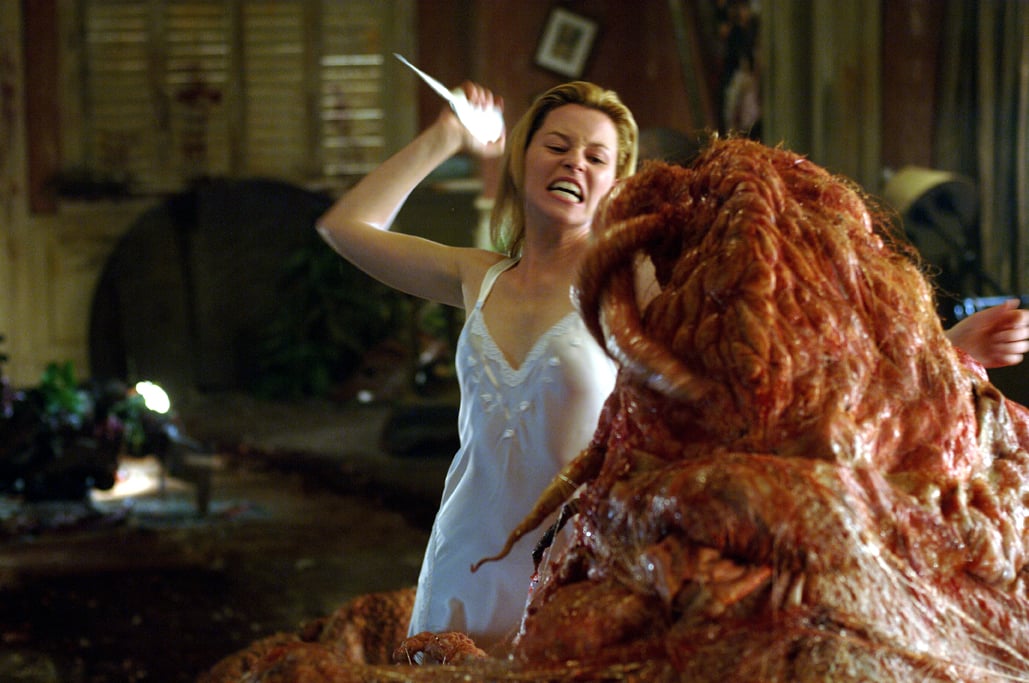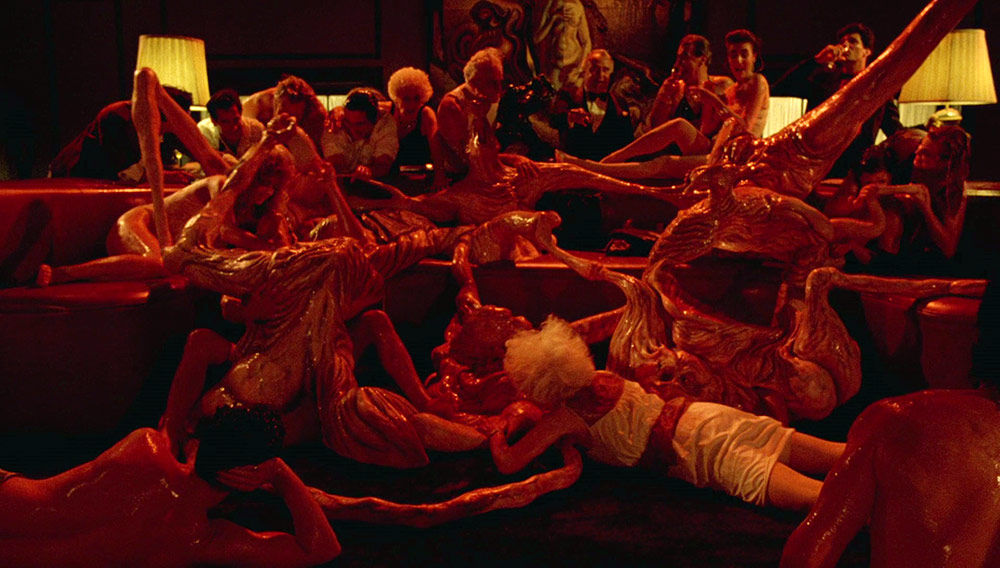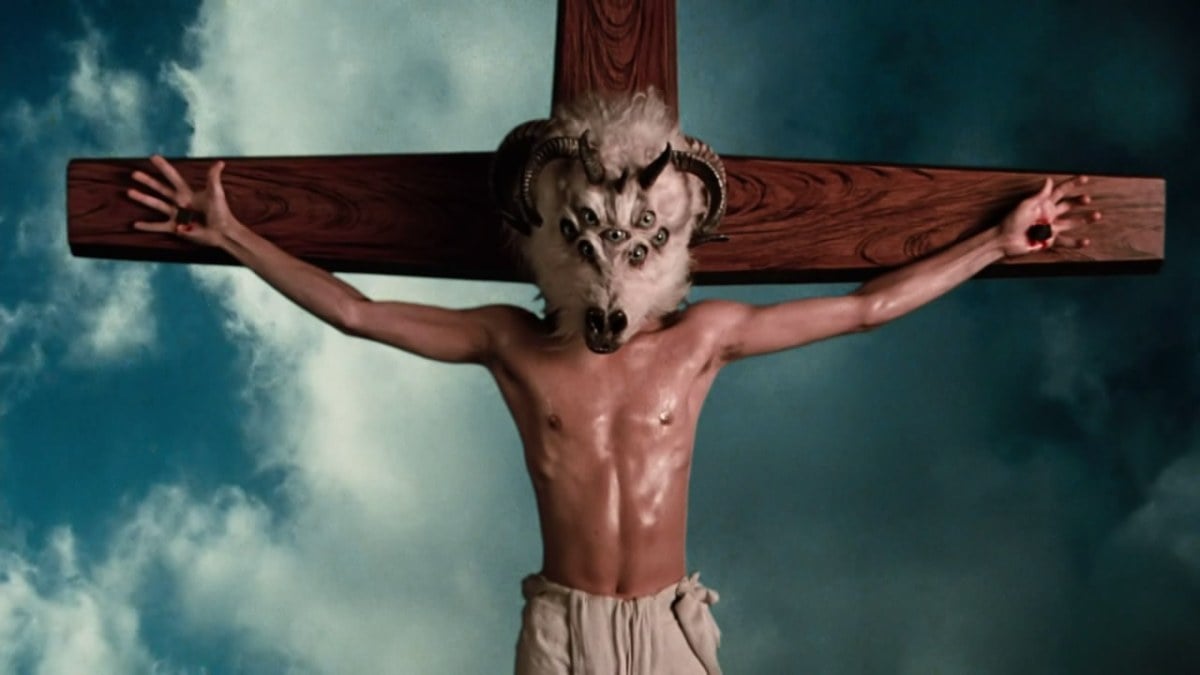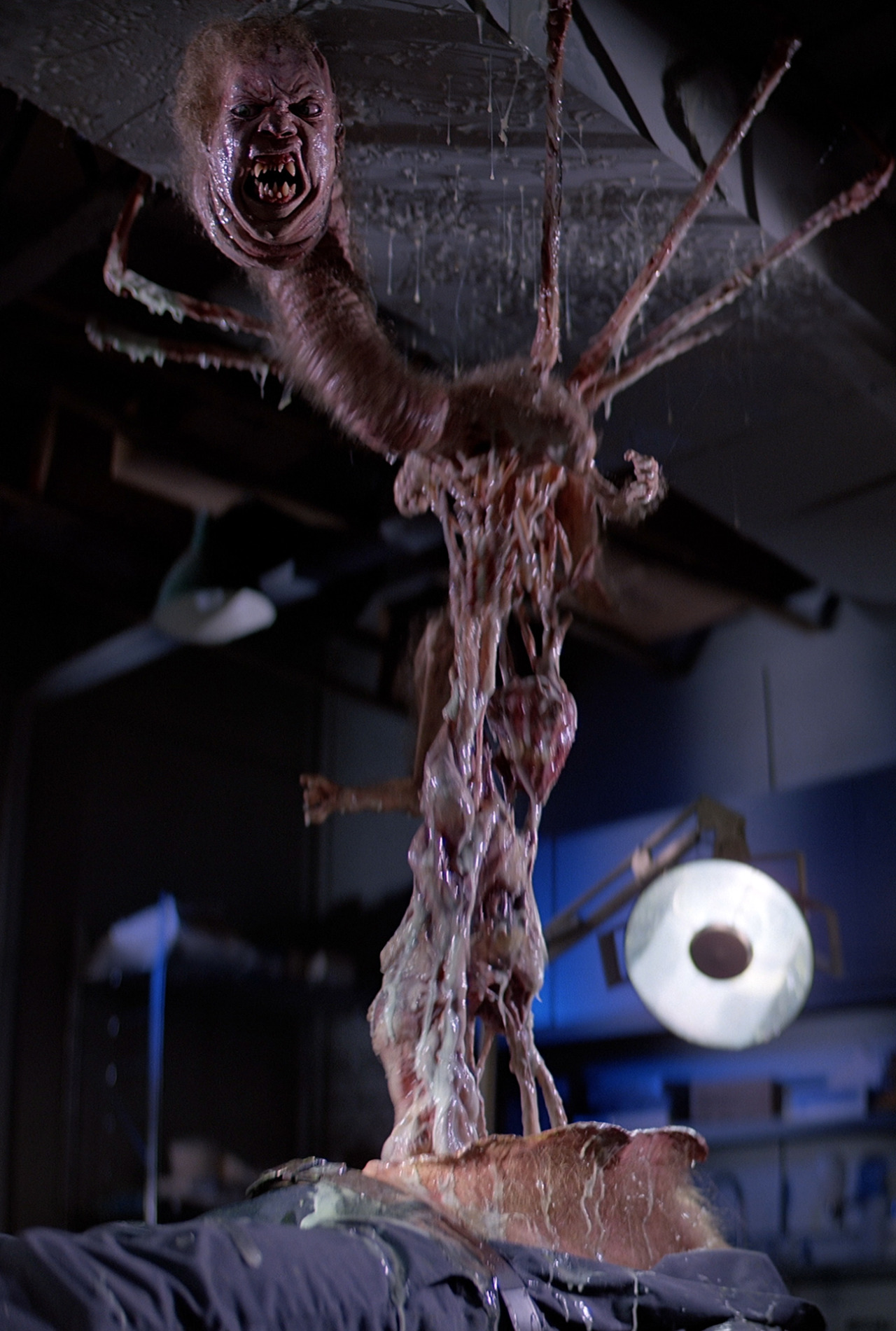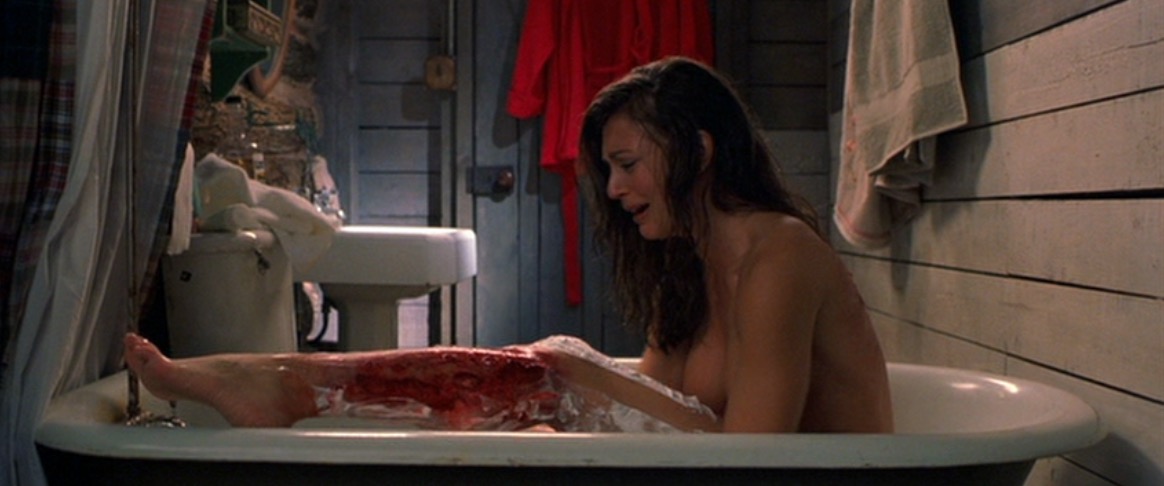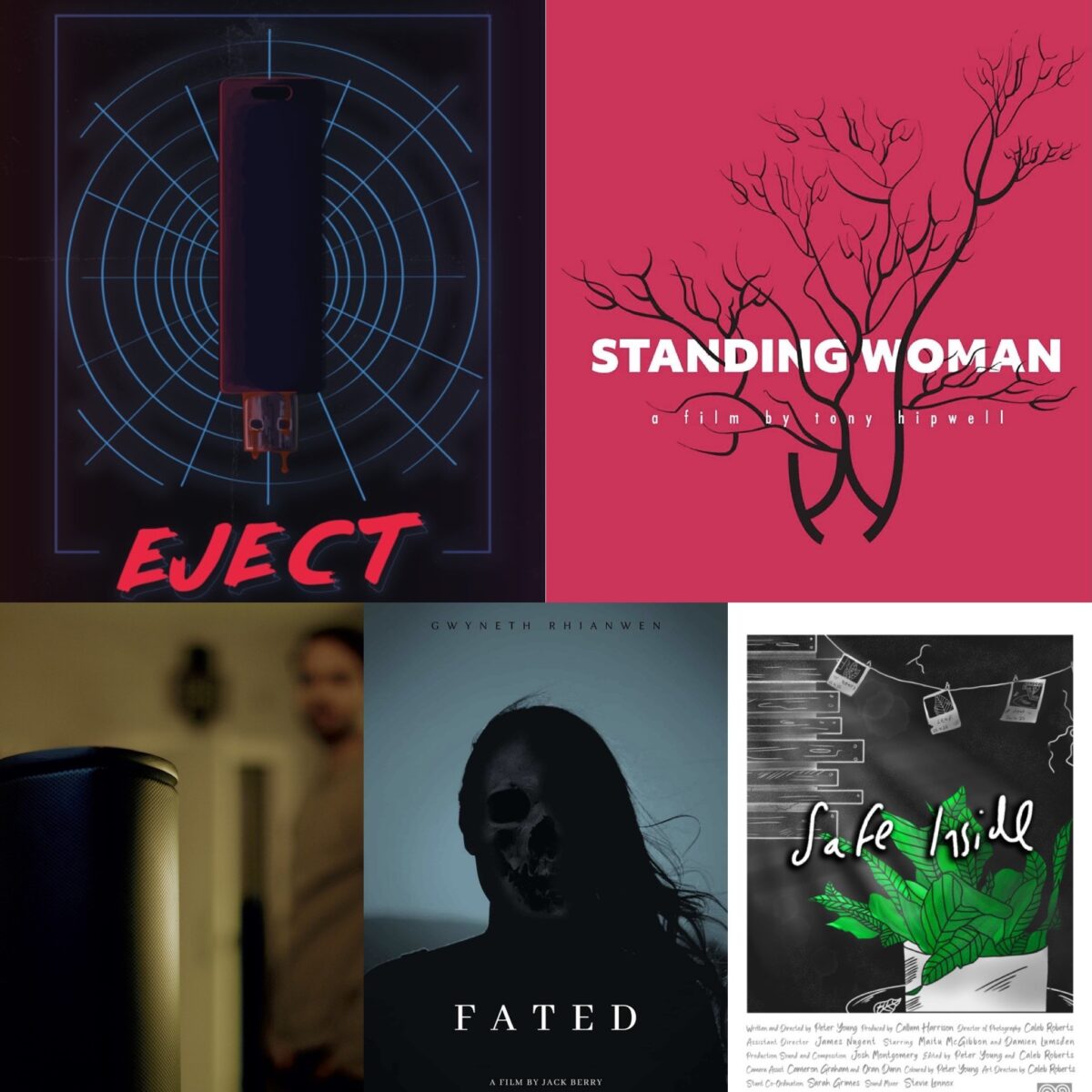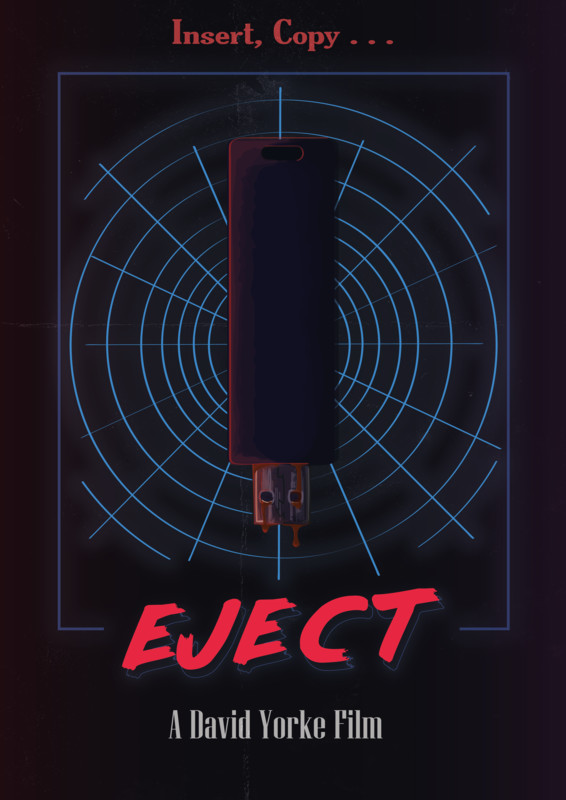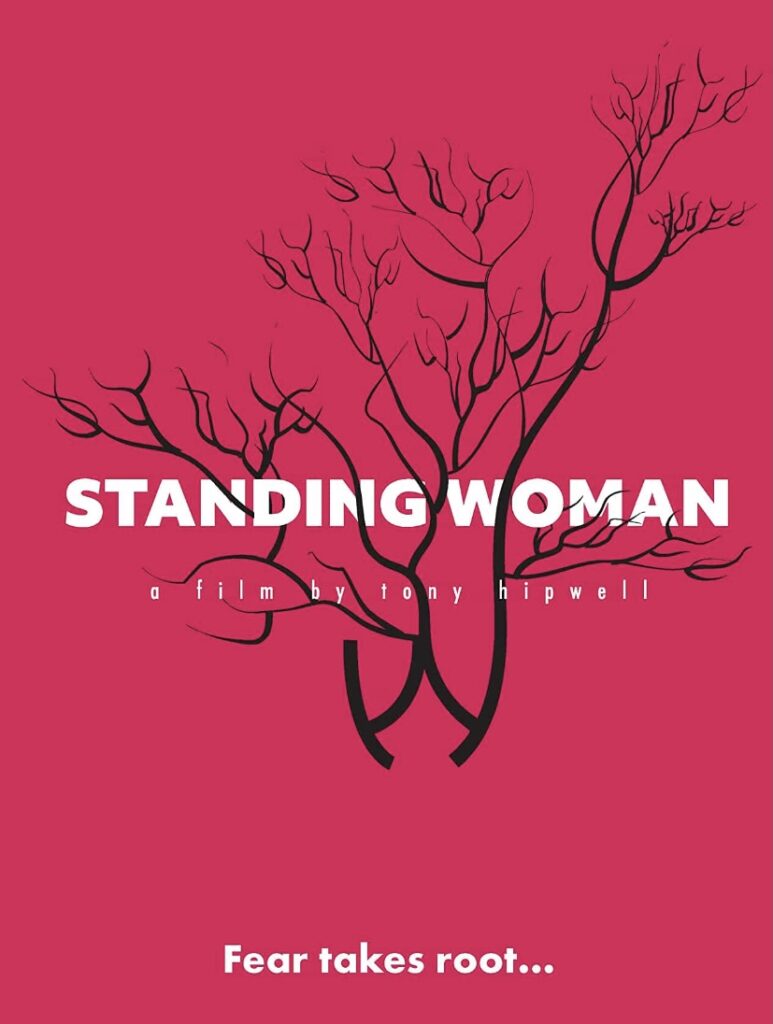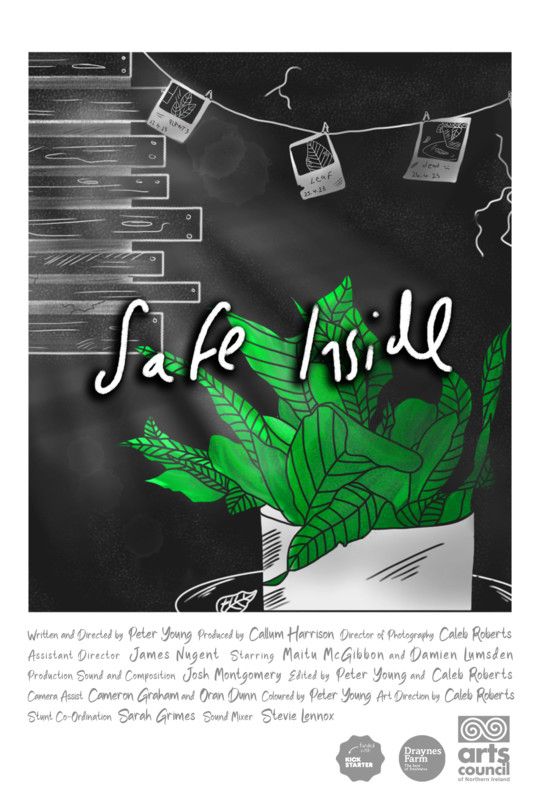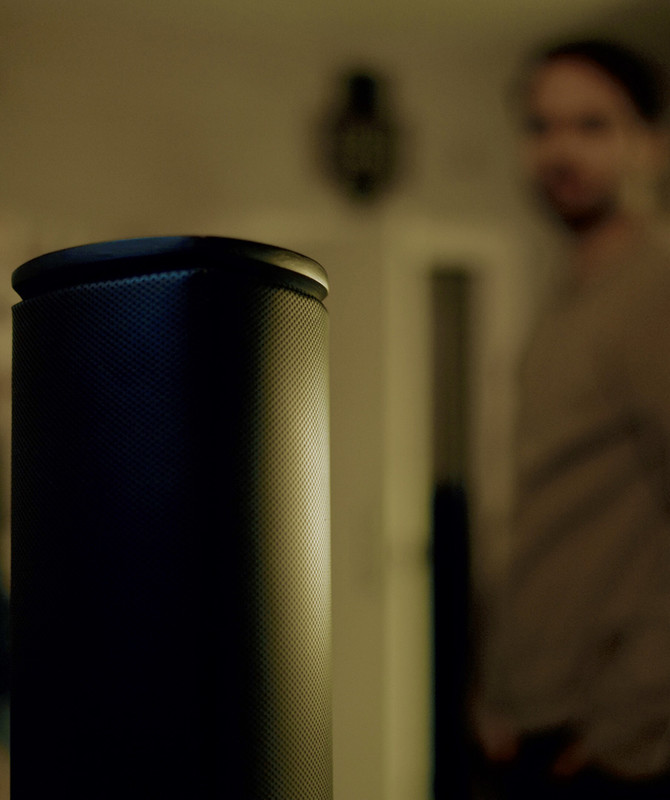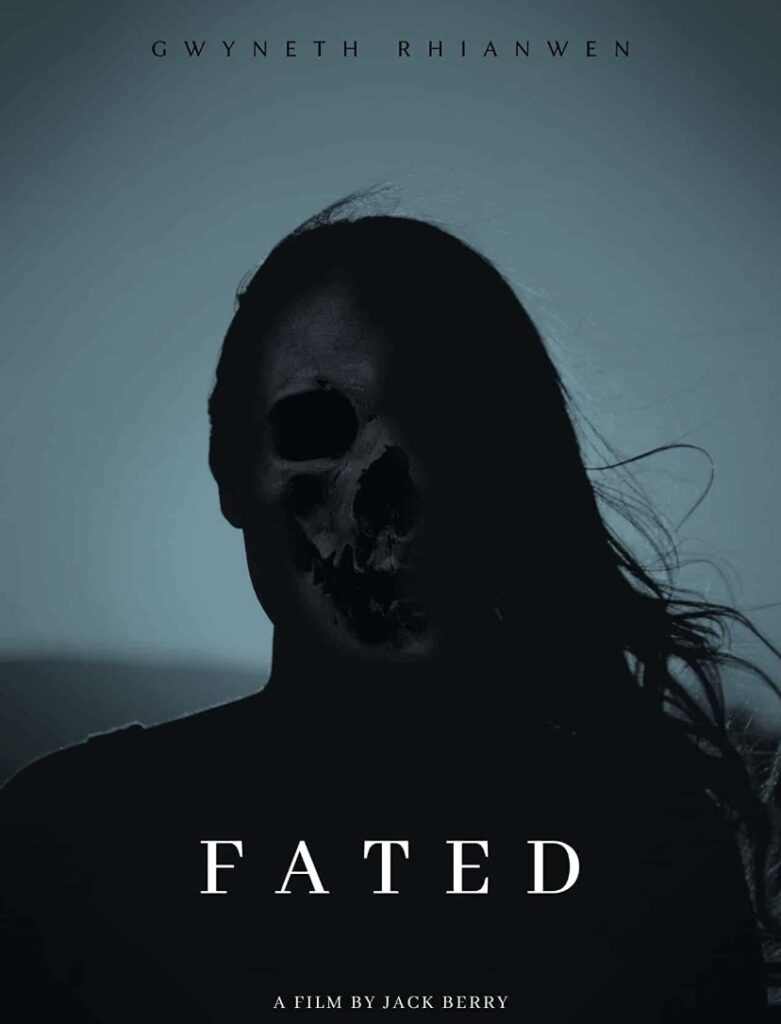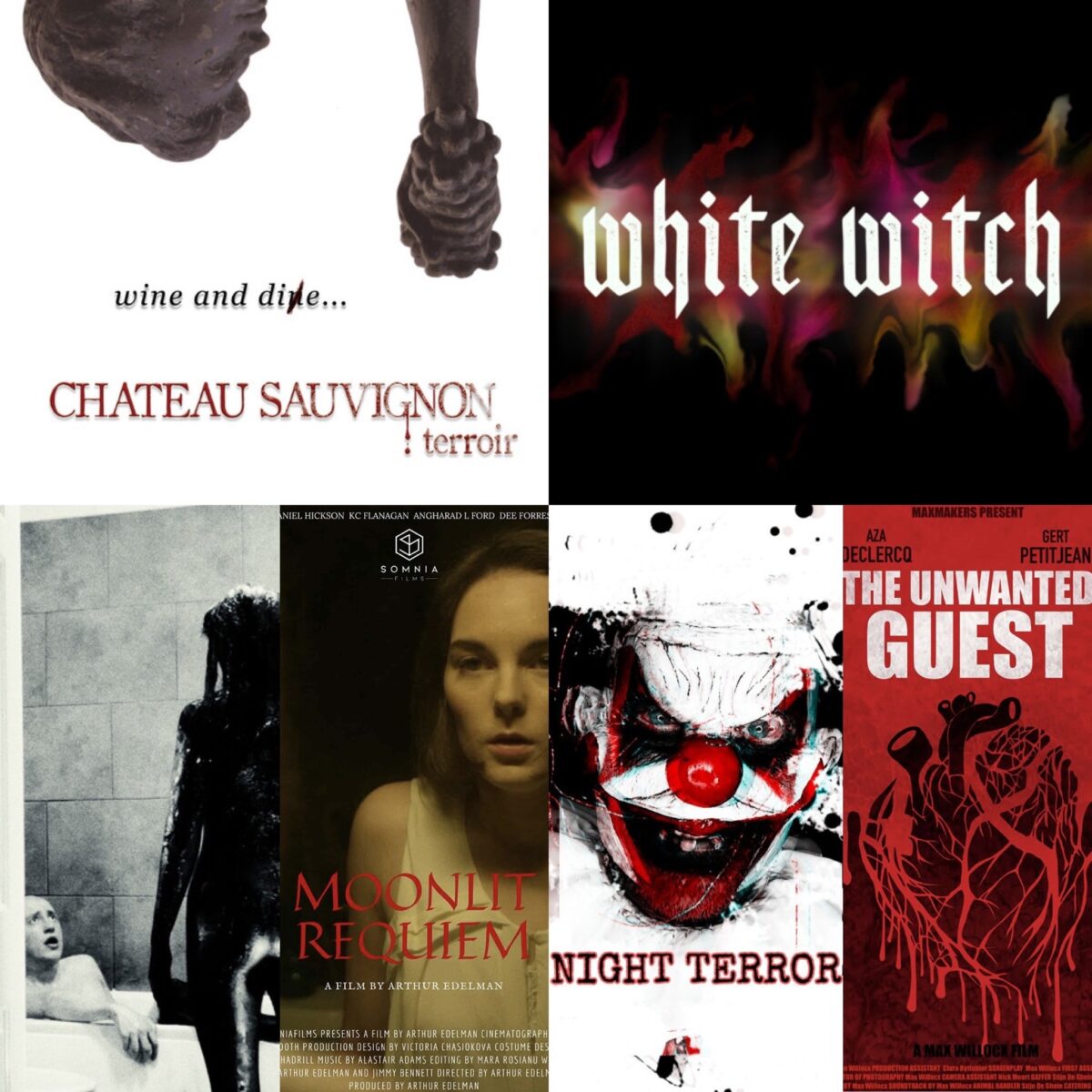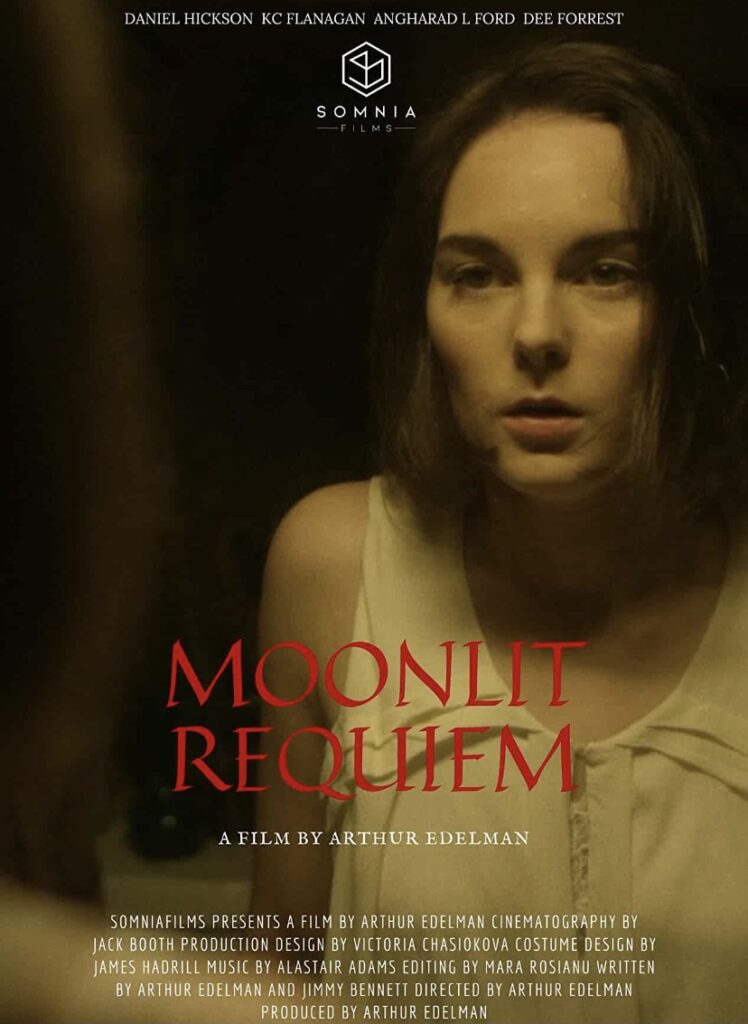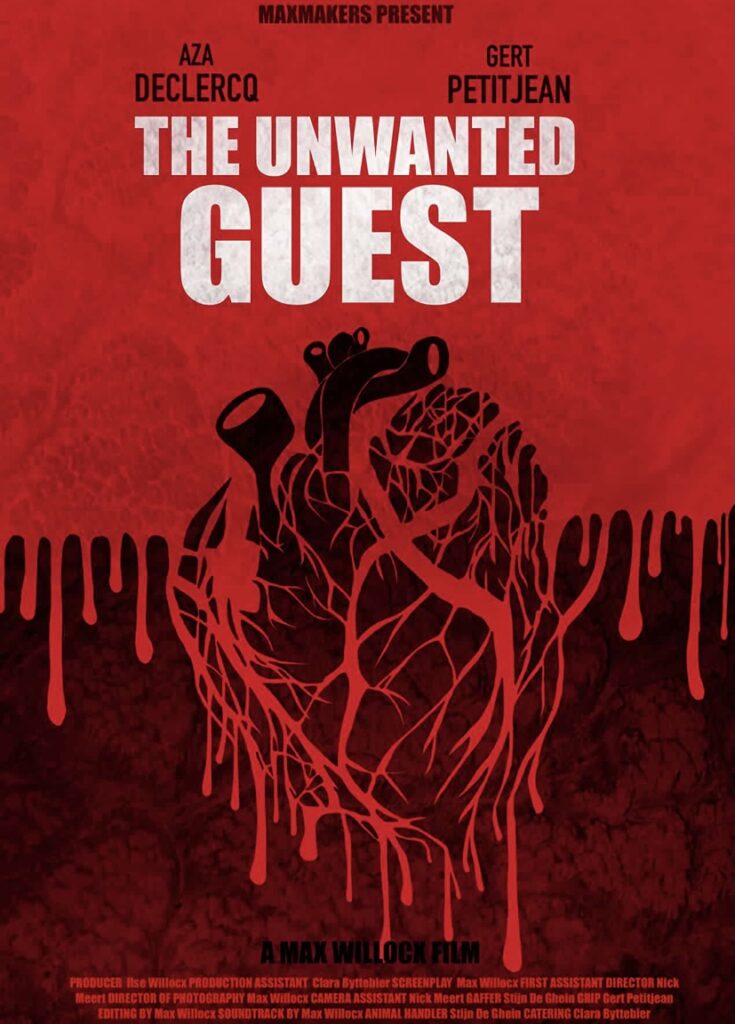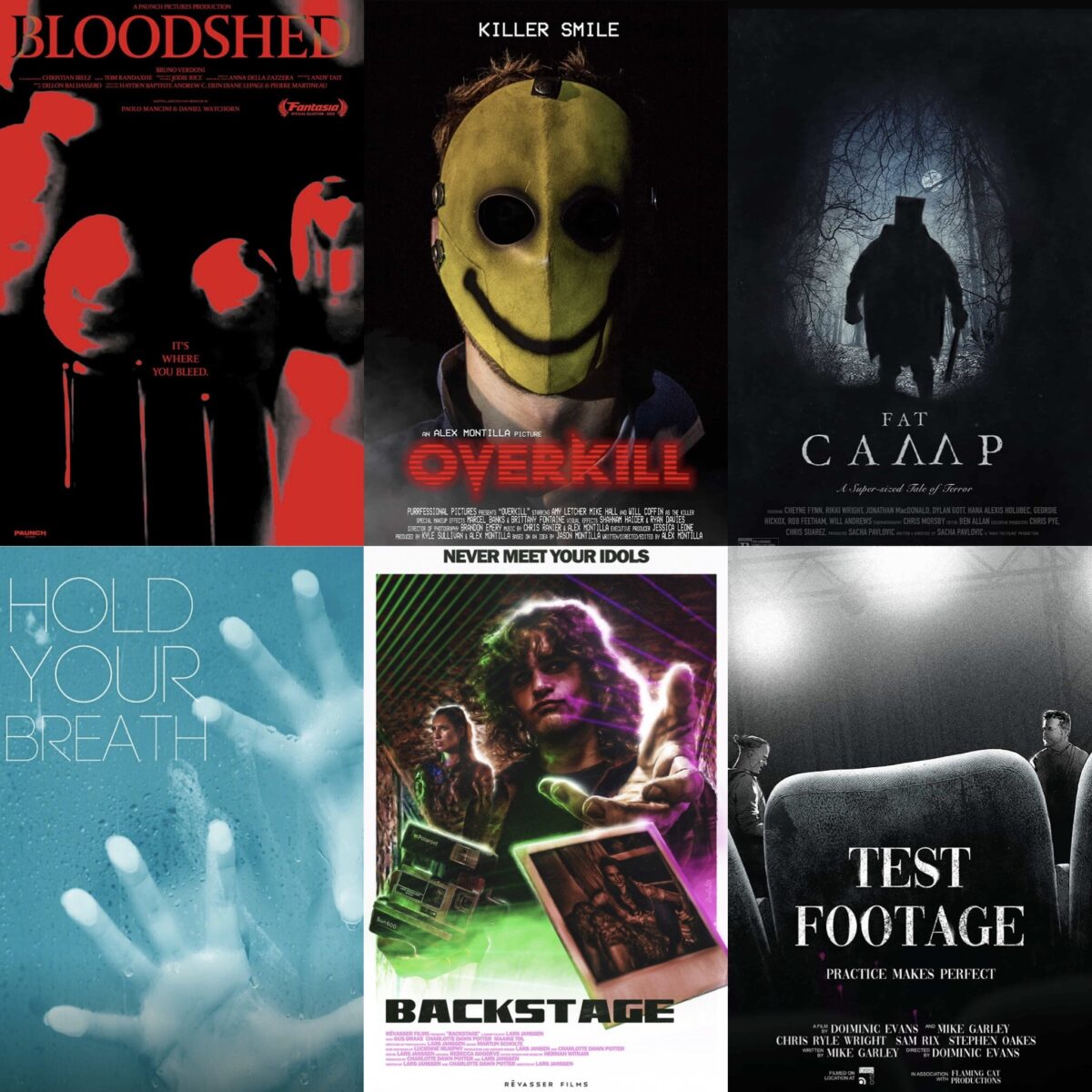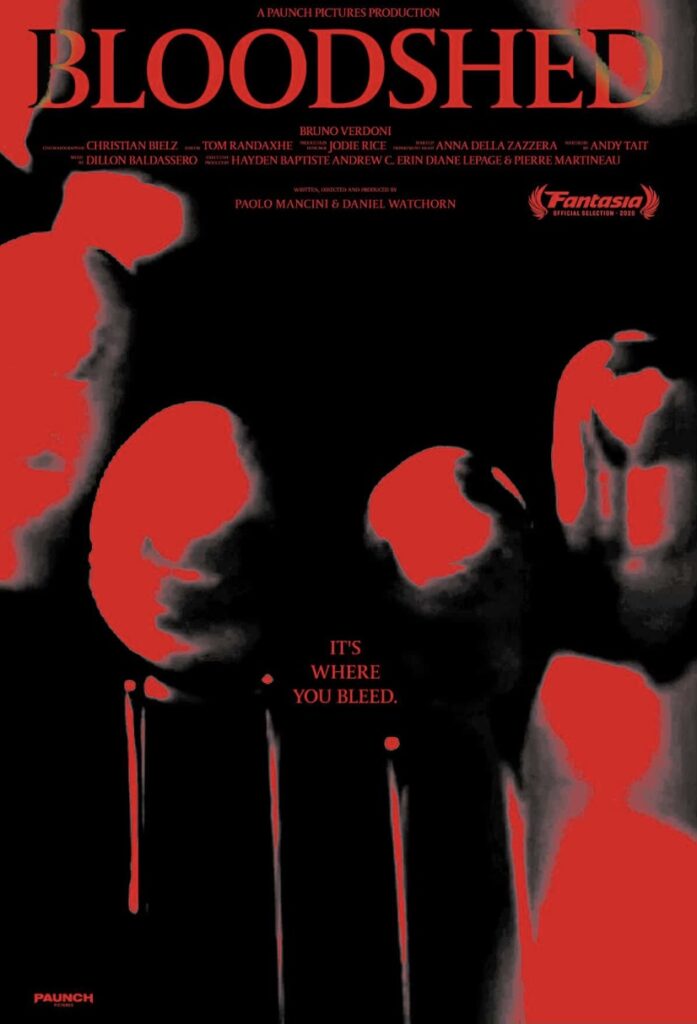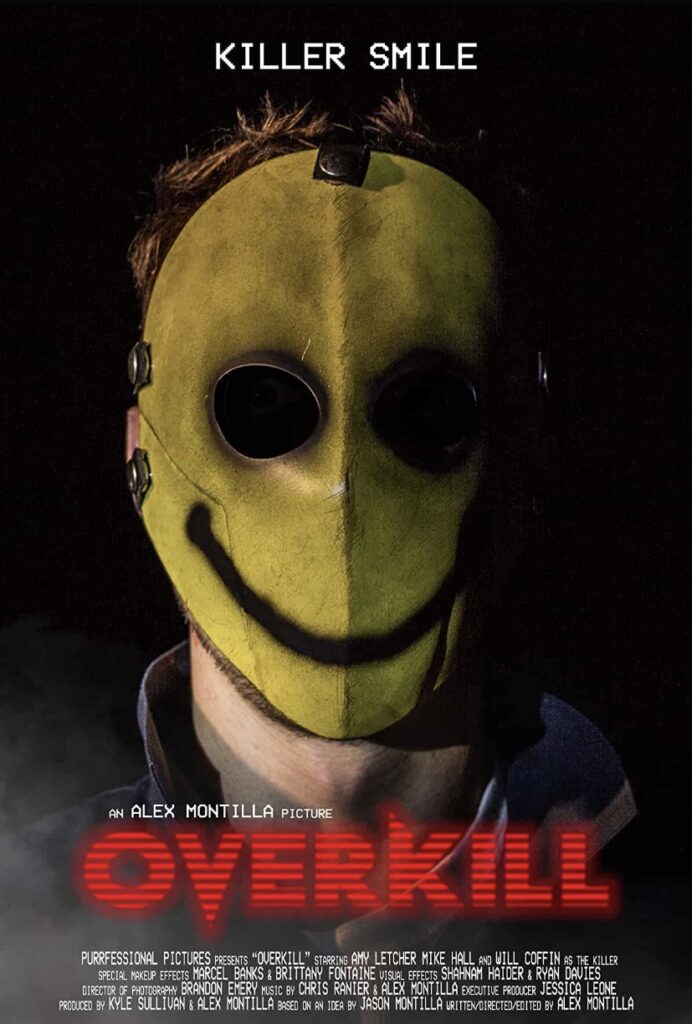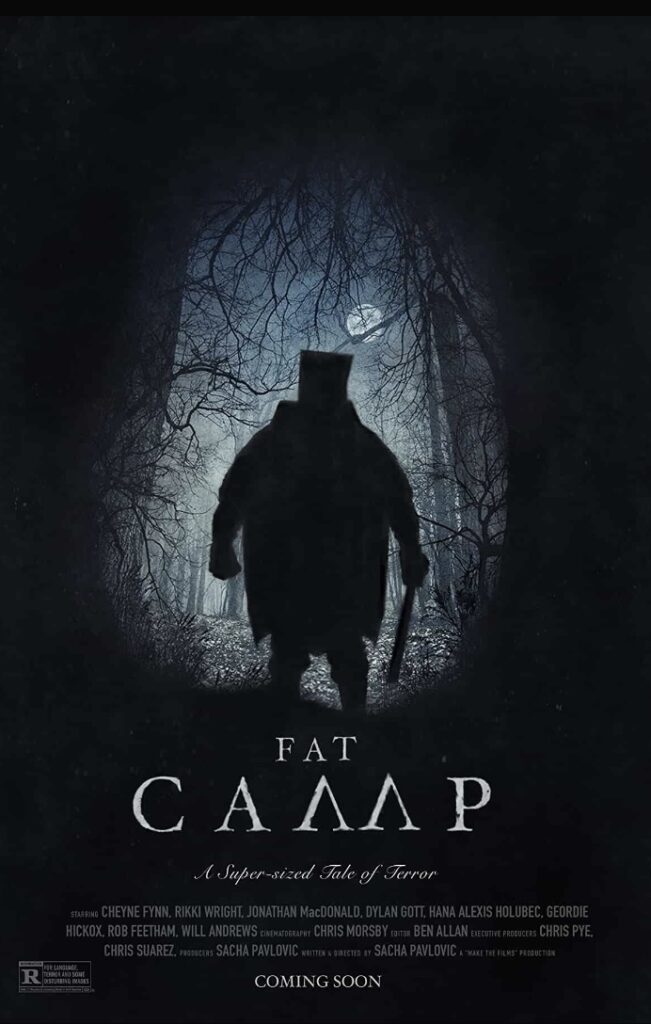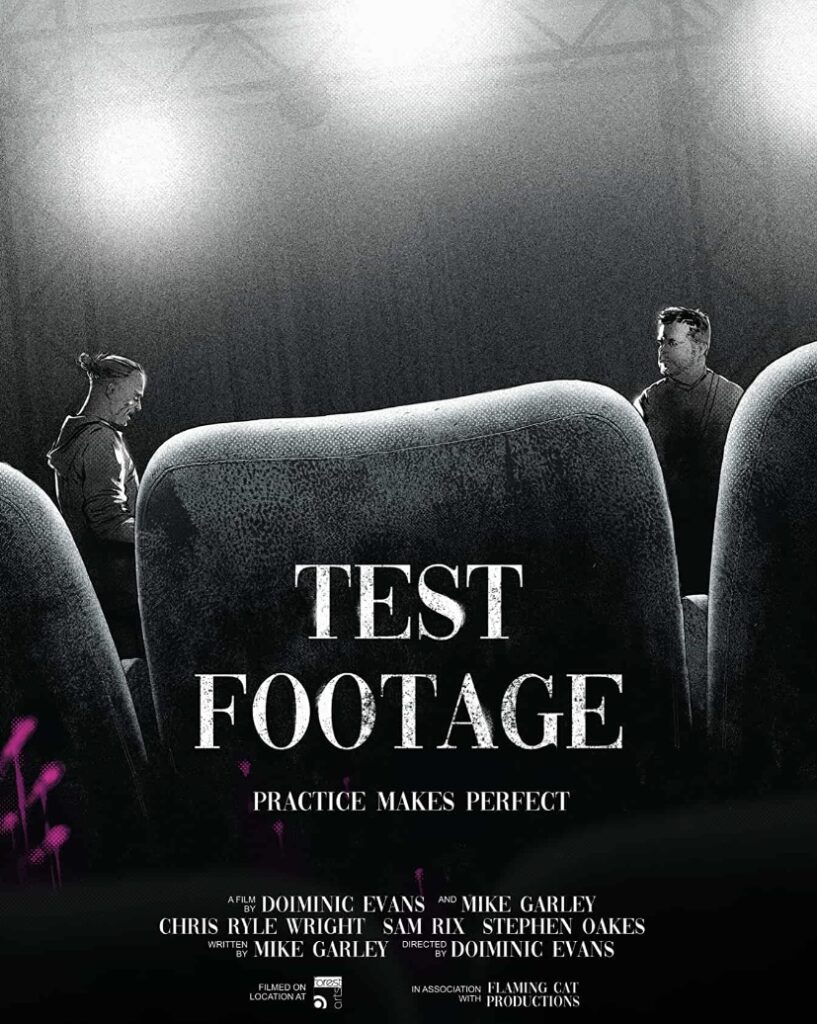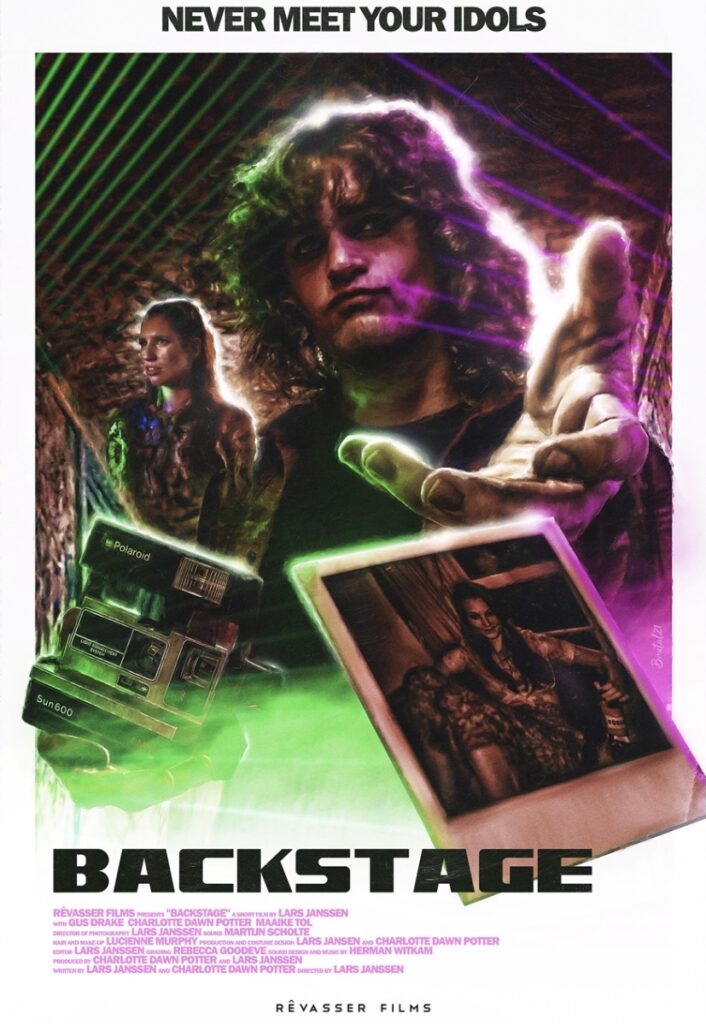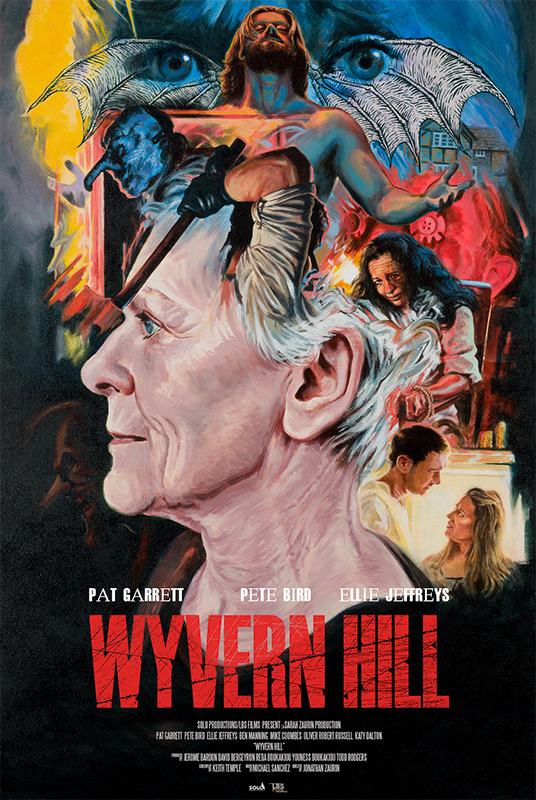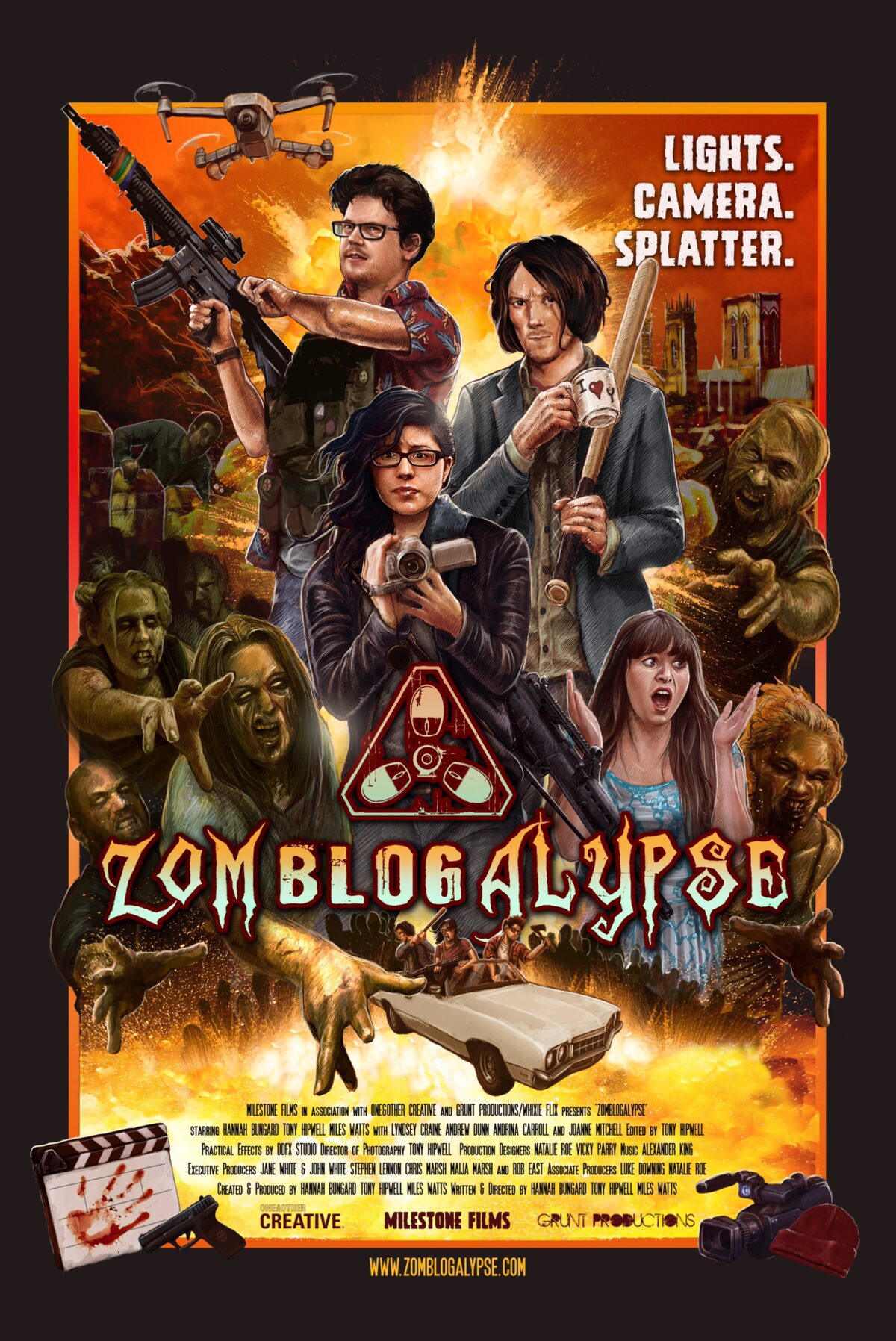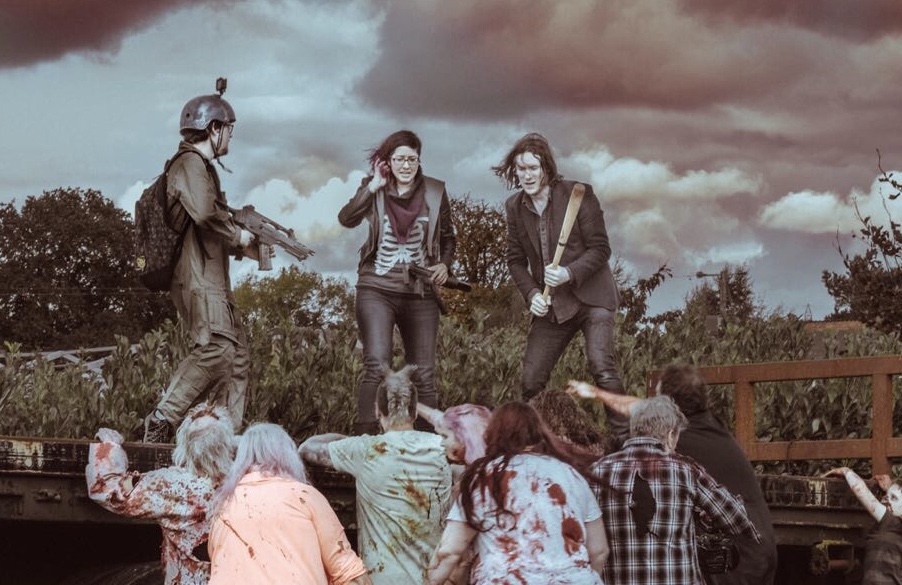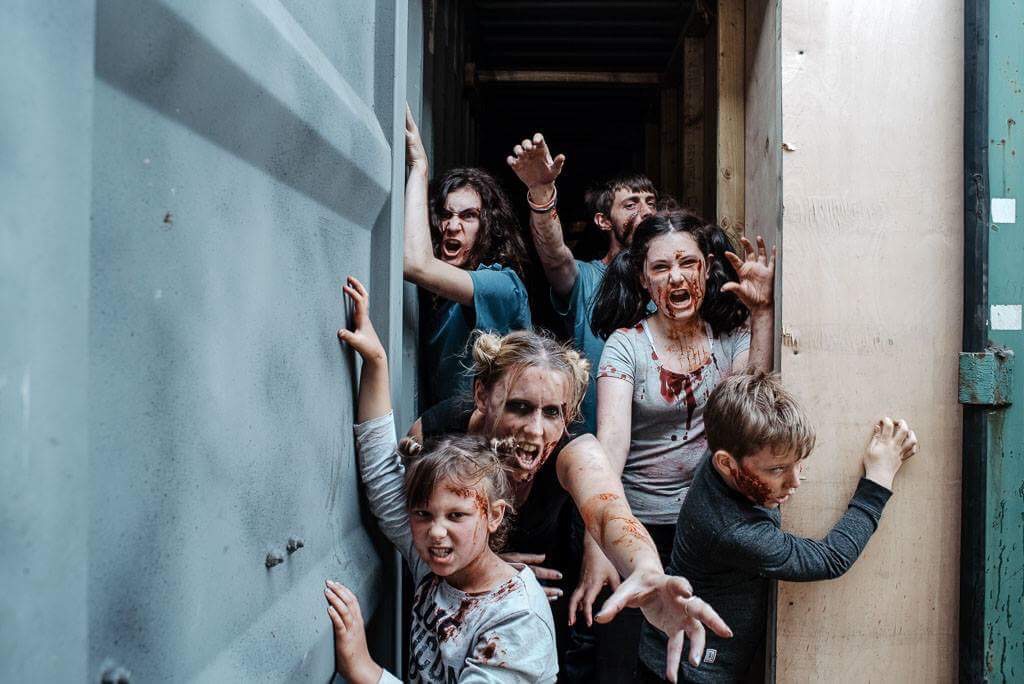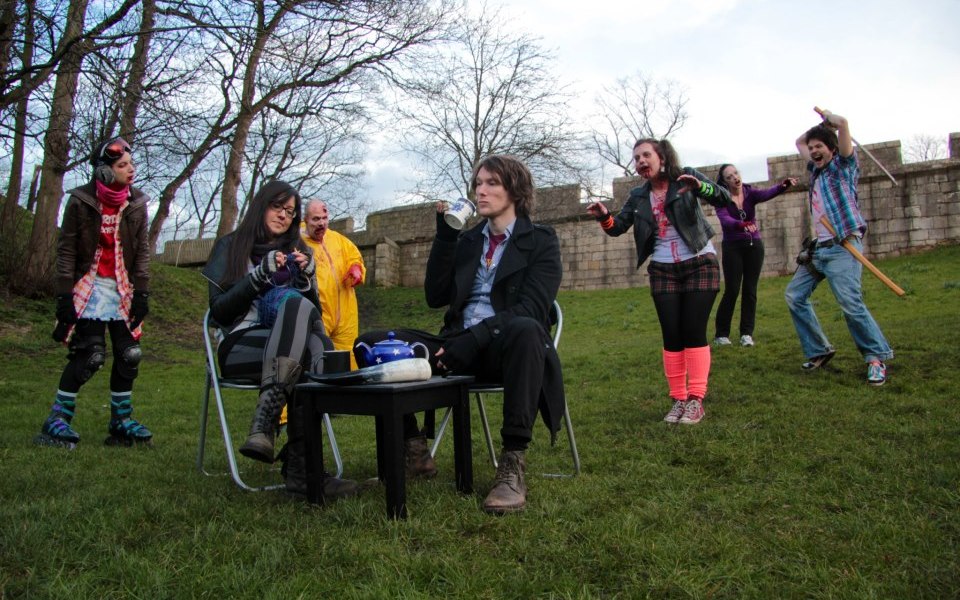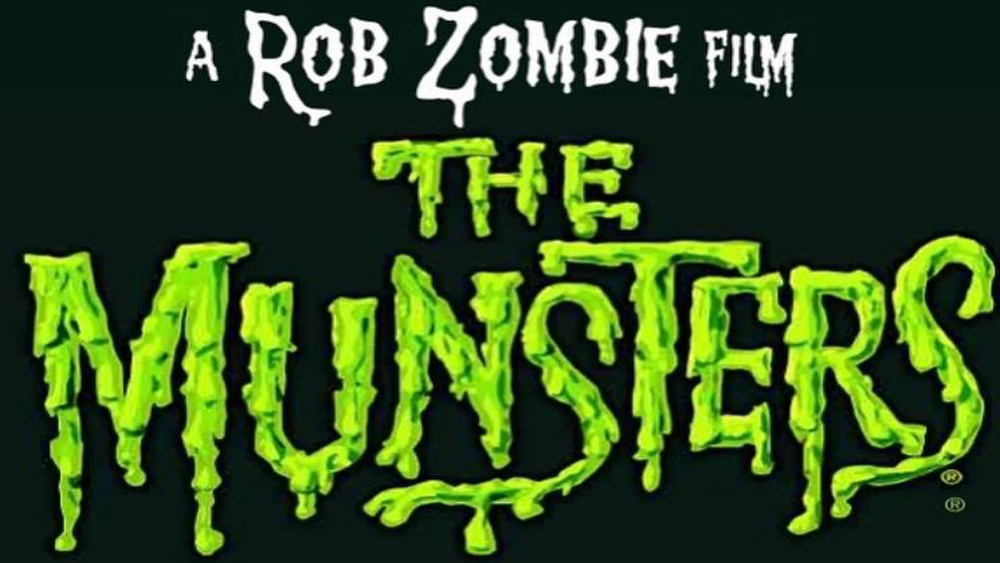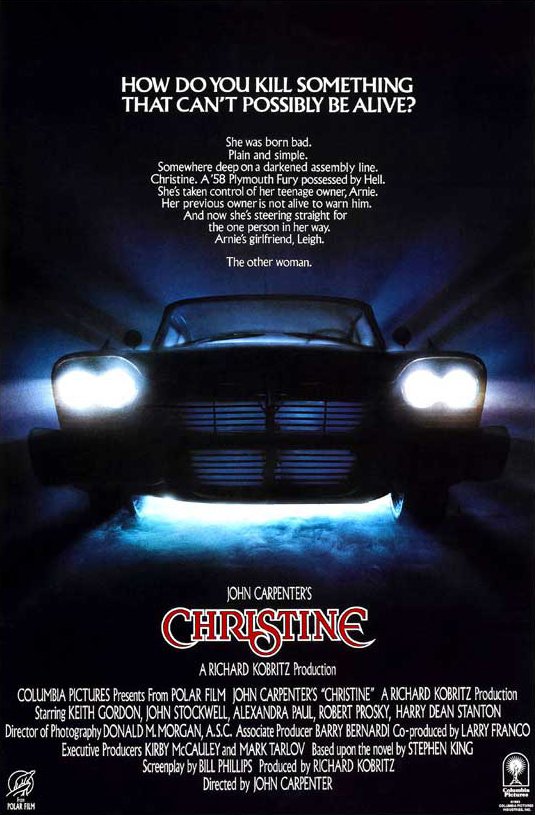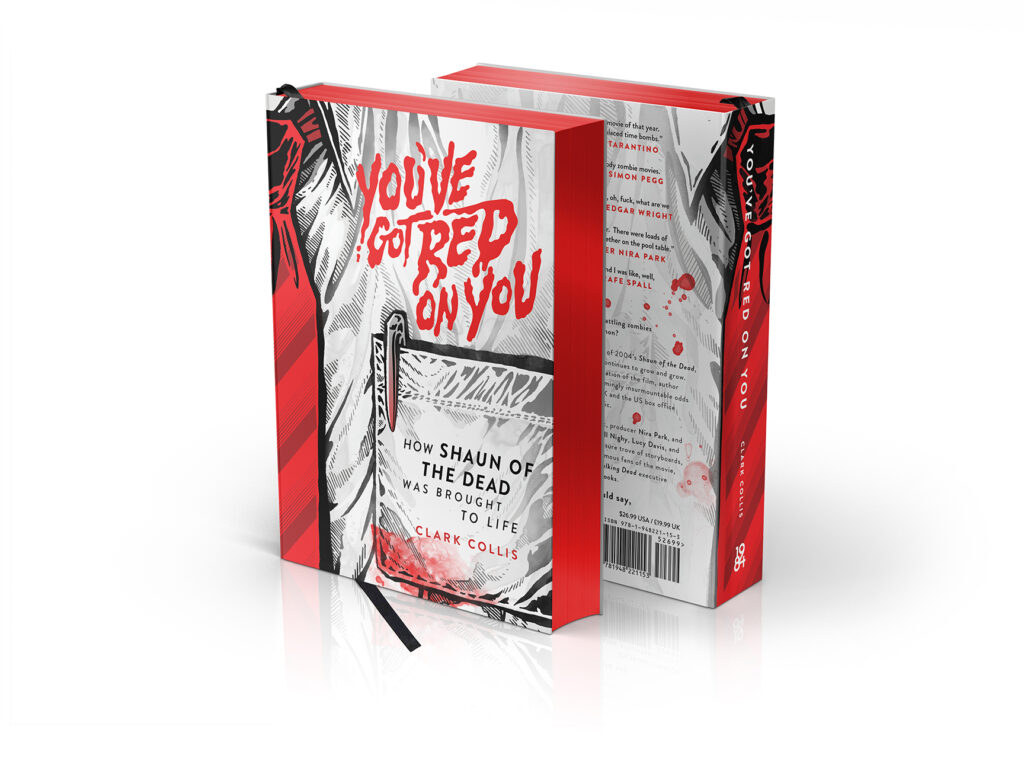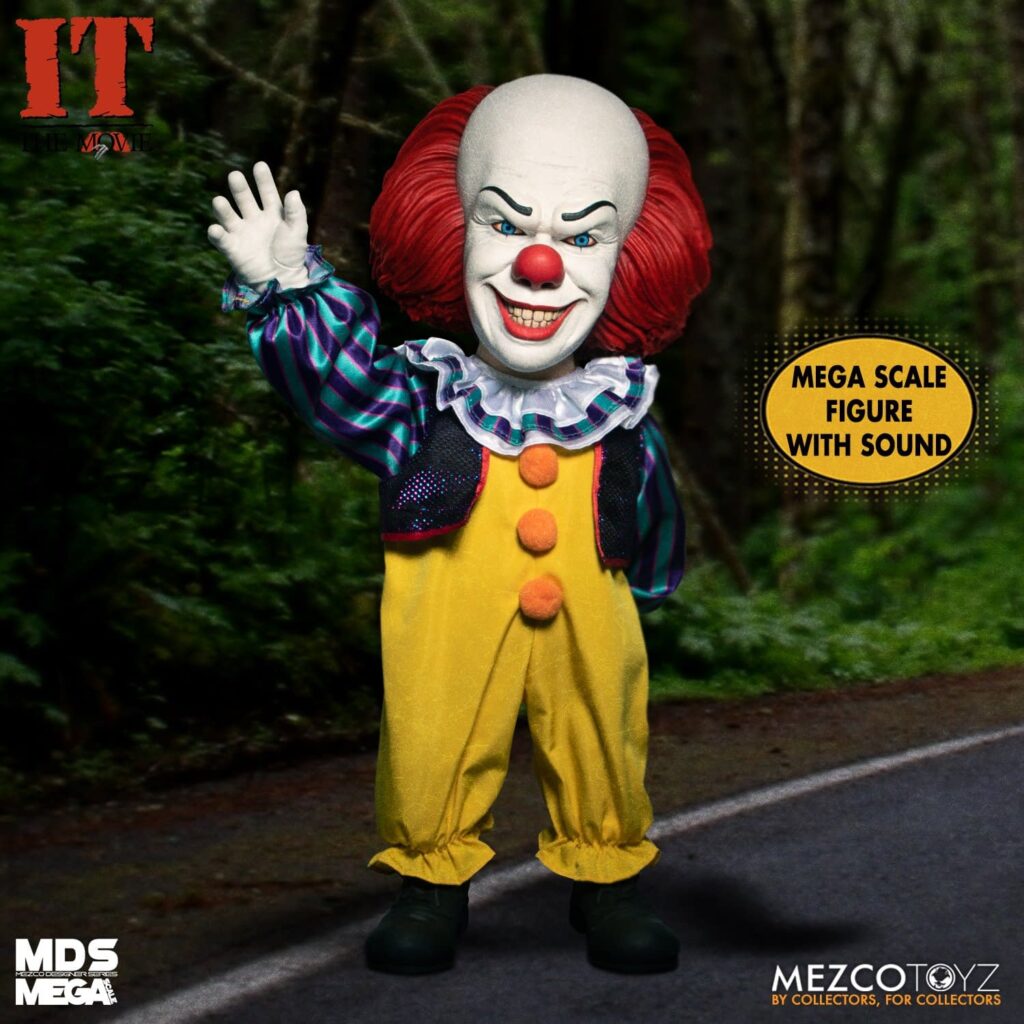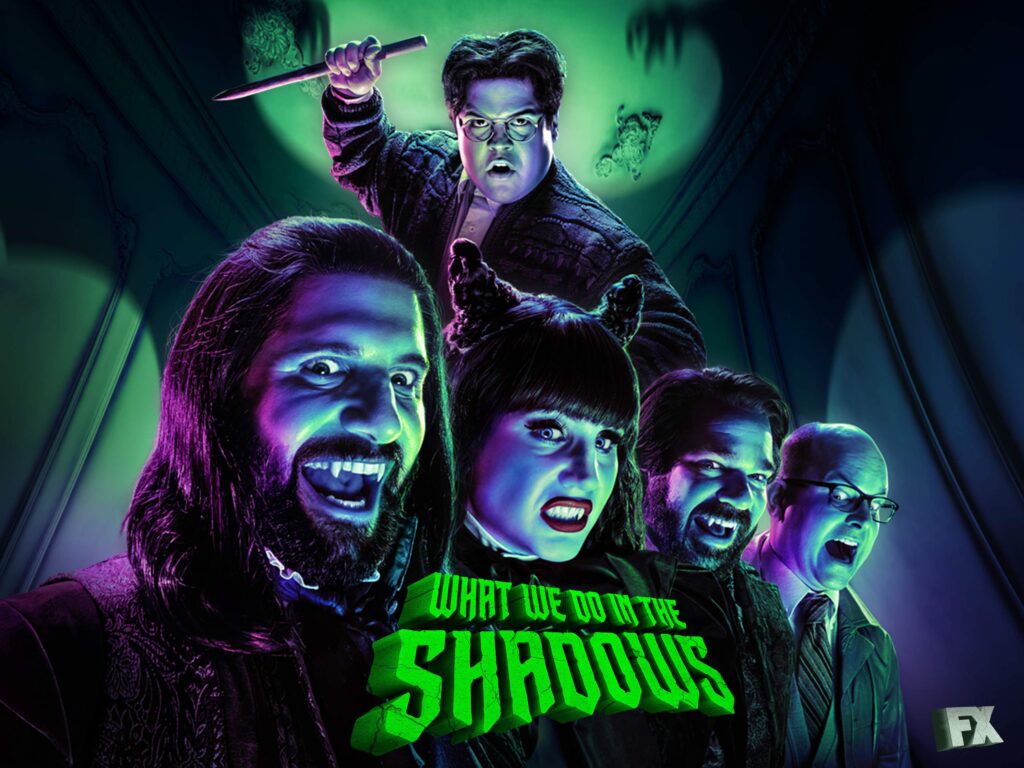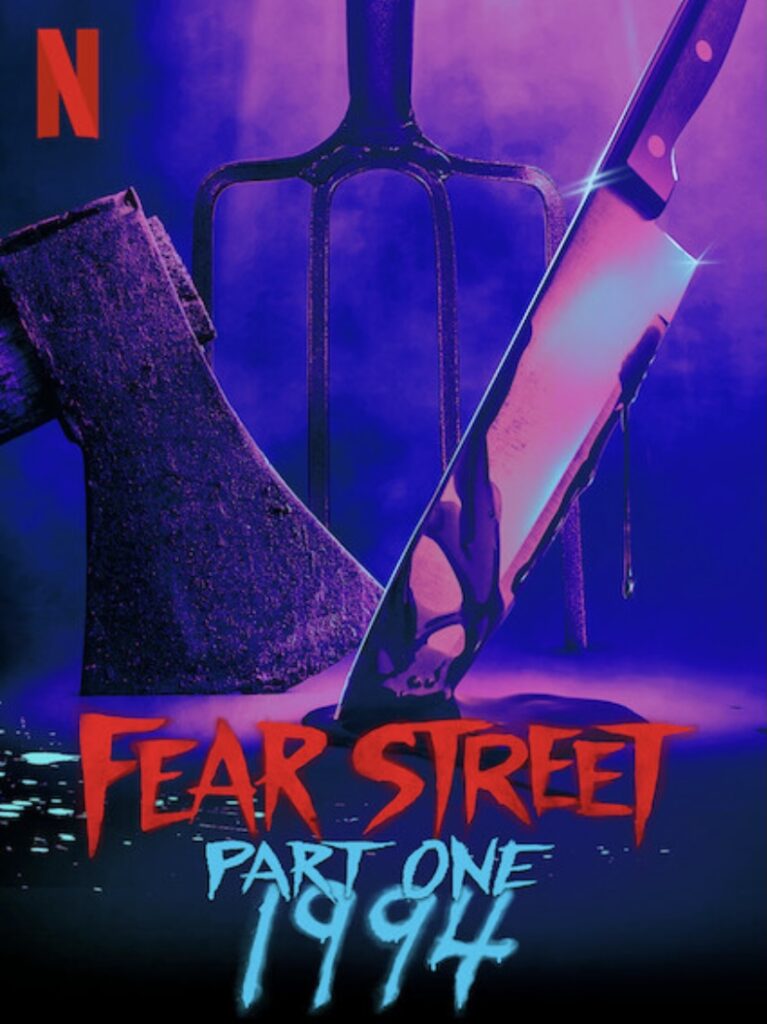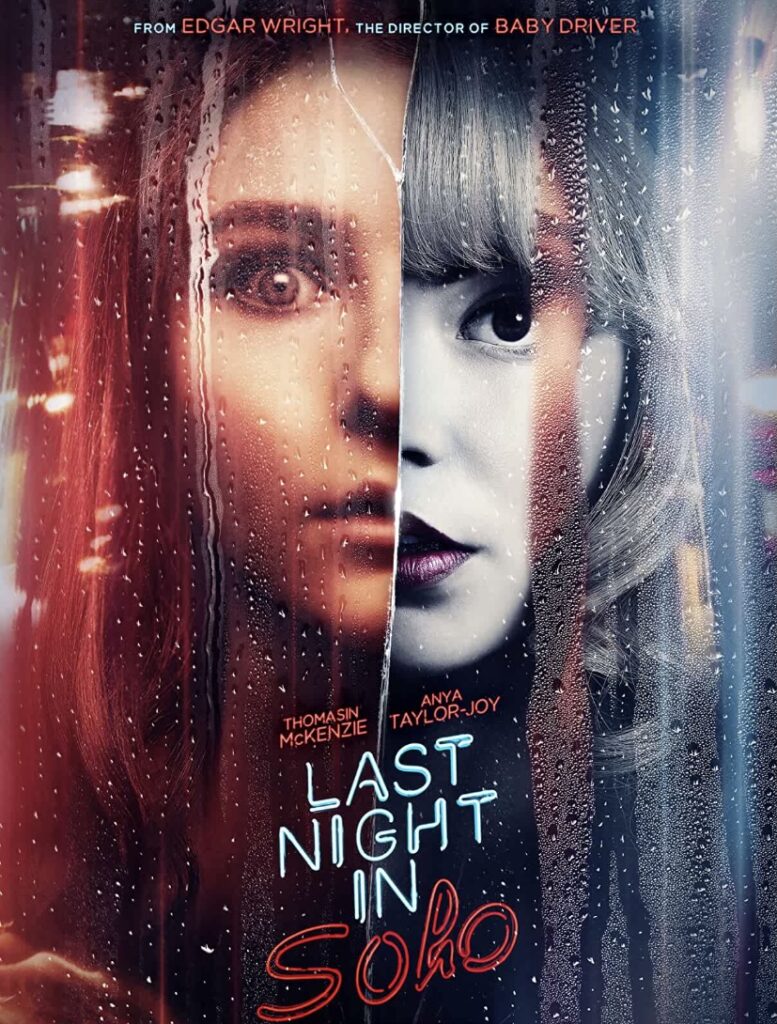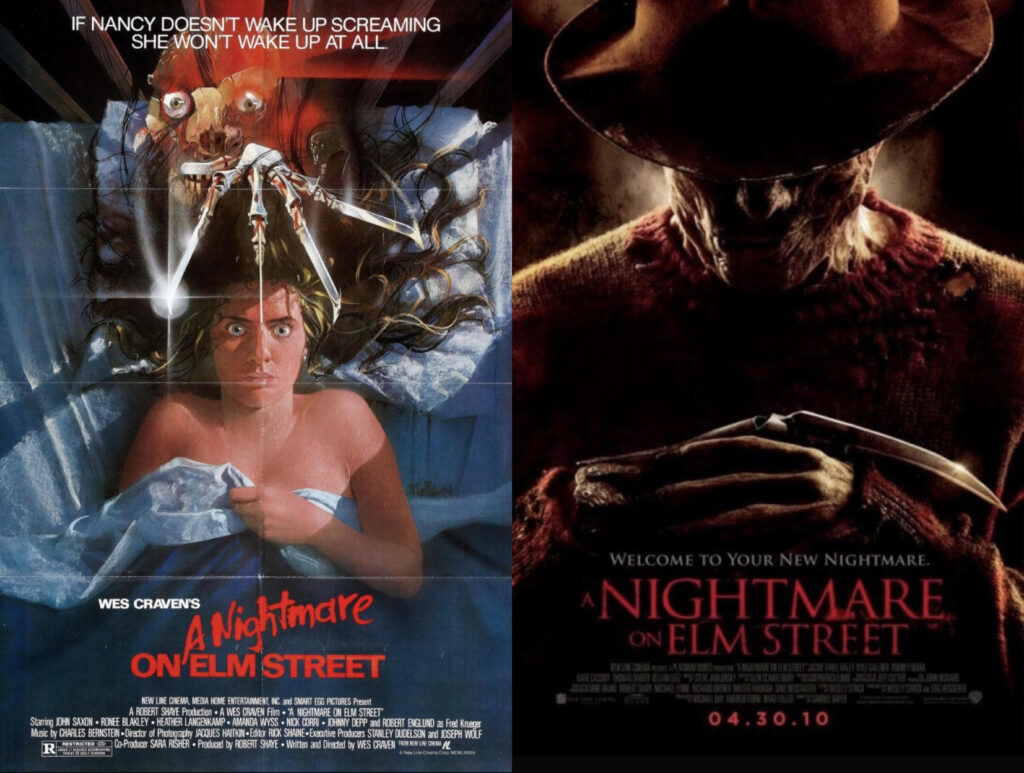
The 1980s saw a rapid surplus of horror films seeping out from the woodwork. Not only was there a rise in interest for the more morbid side of cinema, but there was also a growing audience for slasher films. One of these great classics that has shaped the genre ever since it’s release is Wes Craven’s A Nightmare on Elm Street (1984). The success of A Nightmare on Elm Street soared for many years as the franchise birthed a further eight films, a popular comic book series, multiple documentaries, and merchandise. As with any franchise there is always the odd entry that did not garner much praise, in this case the culprit is the 2010 remake directed by Samuel Bayer. This shot at giving the franchise a new lease is colloquially dismissed. However, is it possible that the remake actually holds a hidden charm? Or is it entirely doomed? Let’s find out in the most scathing ‘Original vs. Remakes’ yet…
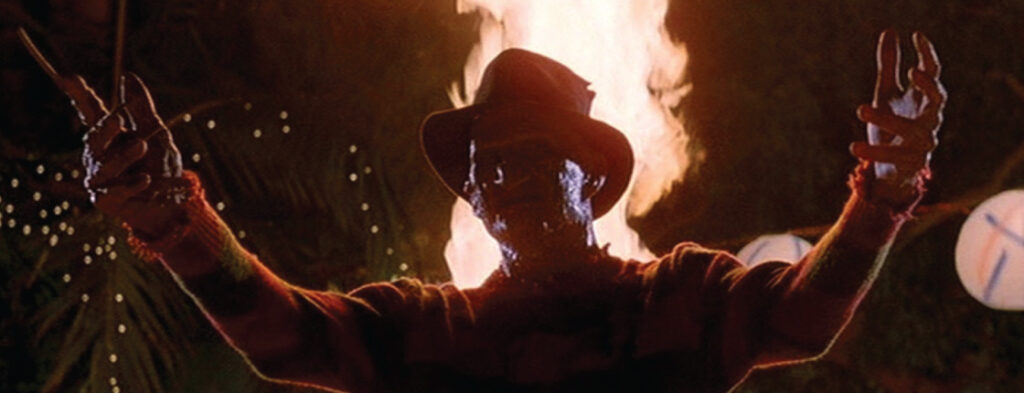
In the seemingly sleepy suburb of Springwood, Freddy Krueger (Robert Englund), a disfigured clawed killer murders a group of unsuspecting teens whose parents were at the hands of his untimely death.
The film is utterly aware of its strengths and uses them to its advantage, correlating a polished, witty and nightmare fueled horror.
Craven earned a budding name for himself with the exploitation films The Last House on the Left (1972) and The Hills Have Eyes (1977) lining his early career, the cult success of these films brewed for years, but it was A Nightmare on Elm Street that truly shot his director credits into the spotlight for decades to come. Thankfully Craven kept his talents primarily within the horror sector, earning a reputation for being rather masterful, supplementing dark humour to keep films entertaining, with A Nightmare on Elm Street beginning this ode to comic horror. Throughout the film there are numerous witty punchlines accompanied by an ever menacing grin from Freddy, cementing his place as an iconic horror villain that stands out from the crowd. He is personable, lively, and gruesome. Freddy’s personality certainly helps fasten the film’s reputation, ensuring his place as a horror sensation.
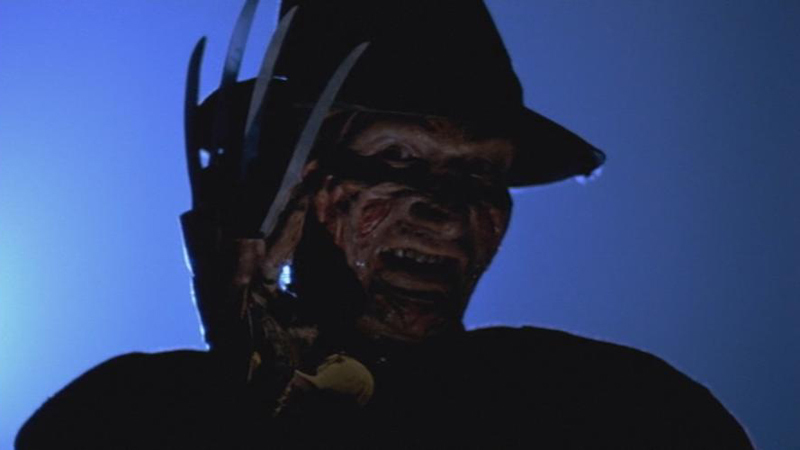
As easy as it is to discuss Freddy all day this is definitely not the film’s sole edge, with the outstanding practical effects, unparalleled score, and tense symbolism all contributing to its notorious reputation.
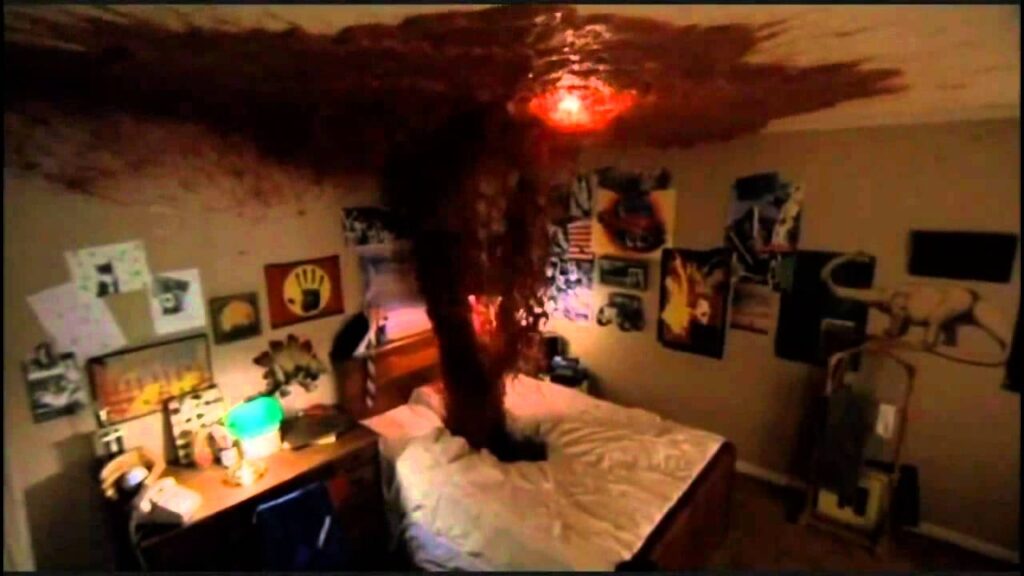
Speaking of those unmatched visuals, head of practical effects Jim Doyle, created incredibly innovative scenes on a shoestring budget (compared to nowadays), namely the infamous ‘bed of death’ scene. Glen’s (Johnny Depp) death displayed a tidal wave of blood spurting upwards from his bed, dragging him down into a deep hellish pit. To create the gushing blood effect an entire rotating room was created. The room was turned completely upside down via various crew having to manually turn the room like a dial crank, with Craven loosely strapped into a camera chair to the side. In true budgeted form the furniture was not correctly strapped or secured with safety wires, instead everything was simply nailed down. Adding to the risk was the fact that the red dyed water replicating the blood hit a tonne of wiring, causing the fluid to become electrified. Despite everything, the final product went above and beyond in creating one of horror’s most memorable scenes.
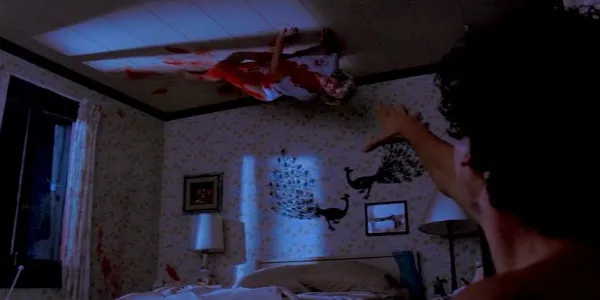
This whole craftsmanship is what makes A Nightmare on Elm Street stand out. There wasn’t a chance for plenty of retakes and editing to glam-up the grungy effects, instead it was just a crew full of people risking their time and safety to create a future classic. The labour of love throughout A Nightmare on Elm Street is abundantly clear. There is a reason why the film has sat on a pedestal for all these years, it has an air of originality, a certain magnetism which allowed all of the sequels to follow. Craven’s 1984 visionary horror seems to only continue in its triumphant path, however the same cannot be said for the 2010 remake which only seems to amass negative attention.
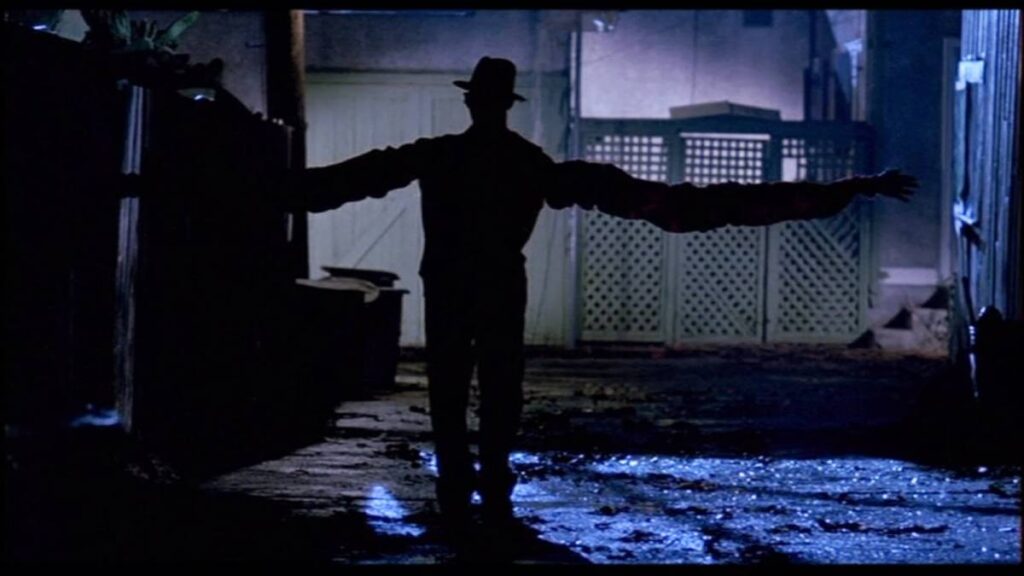
2010’s remake came into play thanks to Michael Bay, a filmmaker and producer who is known for his over-the-top effects (mainly explosions), quick pacing, and ability to make even the calmest of scenes seem erratic and completely overblown. During the early 2000’s it became clear that horror remakes were a quick one-way ticket to financial success, with the likes of The Amityville Horror (2005), The Hitcher (2007), and Friday the 13th (2008) making film financers such as Bay a quick buck. That’s not to say that A Nightmare on Elm Street was solely a money grab, but the roots of its purpose certainly seem that way.
After plenty of rumours surrounding the remake, production began in 2008, with music video director Samuel Bayer being hired, alongside a hopeful cast including of Connie Britton, Rooney Mara, Jackie Earle Haley, and Kyle Gallner.
The central premise of Kreuger’s motive in both of these films is that his death was at the hands of these teenagers’ parents, as an act of revenge. The motivation for the entire film is an allegory about the sins of the ‘elders’ coming back to haunt the innocent, in a form of evil injustice. Both parties are wrong, yet the battle will always continue thanks to the mass ignorance of society. Craven’s A Nightmare on Elm Street may seem like just another slasher from the exterior, but it is a tale of repressed guilt that exposes the results of denial and shame. There are many gripes that the remake clutches onto, but the abandonment of Craven’s superb surrealism in favour of creating a watered down dreamscape is the worst of them all.
Through Bayer forgoing all of this buildup, we are left with another emotionally trimmed, lukewarm horror that shackles itself to all of the other mundane formulaic movies.

One of the most common protests that audiences had with the film is that Freddy’s characterisation is entirely altered, so much so that there is not a single ounce of intrigue and allure to his persona. There is no scary voice, or trademark charm, unfortunately slapping on a red and green jumper and a claw hand is not enough. Worst of all there is zero sympathy towards his character. Freddy is not a model citizen, yet there was always this air of forgiveness over his actions. However, in 2010 he was made out to be a child predator. This was all part of the film’s attempt to make the remake a *very* dark and serious film that brews slowly thanks to an incredibly horrifying backbone. Instead of becoming this unsettling nightmare, similar to the Evil Dead (2013) remake, it simply tries too hard to be something that it’s not. Horrid themes do not always equate to fear.
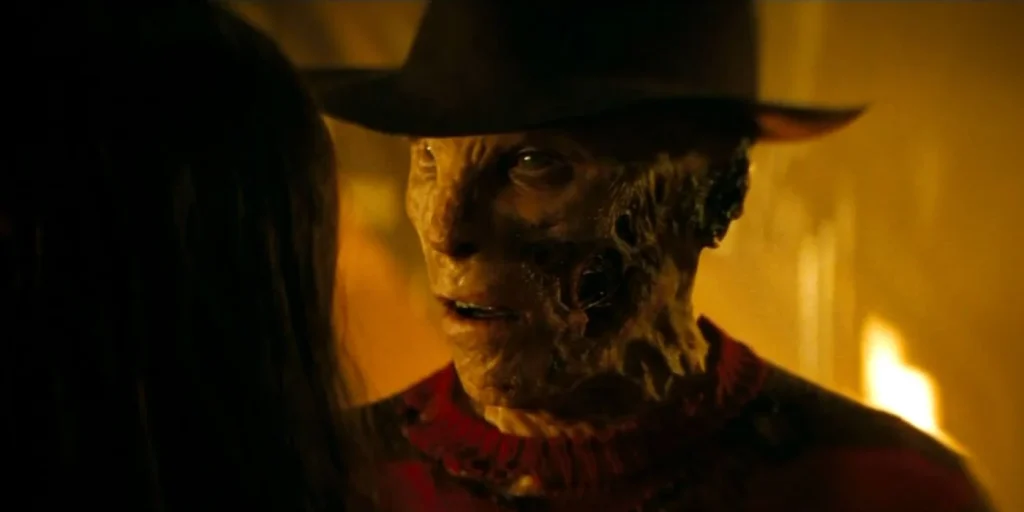
We could be shown one of the most violent scenes known to cinema, but that doesn’t mean that it gives the audience the creeps. If Bayer would have focused more on fleshing out Freddy’s backstory and then infuse it within the characters emotional development then possibly the narrative would have worked. But it’s as if the writers have handed us a child abuse story on a plate and then just forgot to stir it into the rest of the film.
Despite everything it’s not all doom and gloom. Arguments could be passed back and forth about this missed opportunity, but it does have to be said that the box office figures show that the intense marketing and buzz surrounding the film generated enough attention for it to be one of the most financially successful remakes of its time. It still remains the second highest grossing film out of the entire franchise. It may not be everyone’s favourite remake, but it gave horror a quick boost in mainstream cinema.
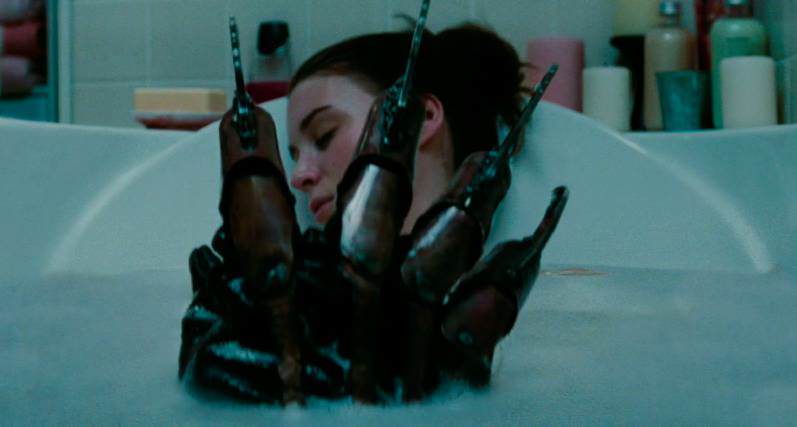
Another redeeming factor is seen through the decent performances, particularly by Mara who played the titular Nancy. Her portrayal of a distressed teen is fairly grounded in reality and not overtly flamboyant and ridiculously written. Working alongside this is the attempt at recreating something fresh. The remake is not a play-by-play of Craven’s original, nor is it an entirely original story that uses the basic framework of a classic to take the tale in a new direction. Although the remake bears a reputation that generally airs on the negative side, it might have possibly worked as a standalone film if amendments were made, perfect for tween viewers who want an easy popcorn movie.
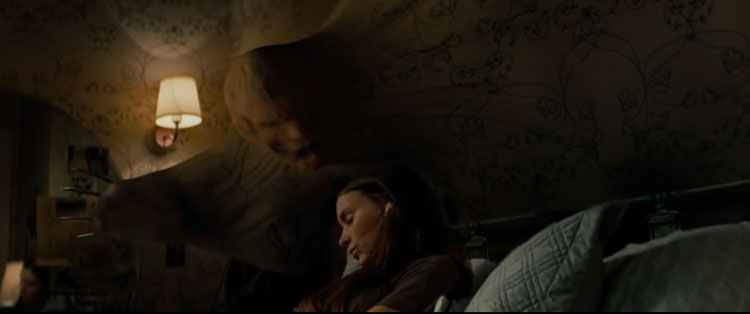
Painting a grungy scene and blasting CGI over every possible image does not equal a “good movie”. Sometimes it’s not the budget you need or an over-thought subplot to make a film work, alternatively all a groundbreaking horror needs is a vivid imagination and an expressive story that is rooted from a passion for the genre. It can sound contradictory to comment that the film tries too hard, but at the same time doesn’t try hard enough, yet this is exactly the issue, the aching tangent becomes so tired thanks to all of the repetitiveness. Remakes can be excellent, even better than the original, but in this case A Nightmare on Elm Street (1984) is the standout champion.
Love to read more about the iconic horror villain? Check out our article on Freddy here.

